DENVER — After working for decades in a field littered with promising but failed clinical trials, a prominent researcher in amyotrophic lateral sclerosis (ALS) has decided to turn her attention to prevention, a direction of research that she thinks has more promise.
According to the gene-time hypothesis, duration of exposure to noxious chemicals and genetic susceptibility are key drivers of ALS risk, explained Eva Feldman, MD, PhD, director of the ALS Center of Excellence at the University of Michigan, Ann Arbor, Michigan. She believes that existing research in risk modification is already promising.
"I think ALS prevention is real and attainable," she said as this year's recipient of the Sheila Essey Award for significant contributions in ALS research.
In describing her "pivot" to prevention from treatment at the 2024 Annual Meeting of the American Academy of Neurology, Dr. Feldman described her growing pessimism about treating a disease that has so consistently resisted even stabilization, let alone cure.
"I spent 10 years trying to repurpose IGF-1 as an ALS therapy. We took it from preclinical work all the way to a phase 3 multicenter trial, but in the end no effect was seen," Dr. Feldman said.
This was followed by another 10 years spent on the promise of stem cells. In this case, she was eventually involved in two multicenter trials. In fact, trials are still ongoing in Europe, but Dr. Feldman said this strategy is "no longer going forward in the United States," and she no longer anticipates favorable results.
The New Focus on Prevention
The basic concept in the prevention studies she is now working on with Stephen Goutman, MD, a frequent coauthor, and other colleagues at her center, is that the duration of exposure to persistent organic pollutants (POPs), along with some degree of genetic predisposition, determines risk for ALS. The simple idea is the reducing exposure will reduce ALS risk.
There is already substantial support for the underlying time-gene hypothesis, according to Dr. Feldman. Among several examples, she described work with 122 POPS that appear individually and in many cases collectively to correlate with ALS risk. Recent work with an environmental risk score (ERS) that permits studies of risk when accounting for exposure to families of pollutants, has supported these as potentially modifiable risks.
A high ERS "correlates with an ALS risk that is 3 to 4 times higher than a low score," she said. In addition, those ALS patients with a high relative to a low ERS have a significant 0.6-year reduction in median survival.
Some specific POPs, such as pesticides, correlate with increased risk by themselves, but Dr. Feldman has begun focusing on occupational exposures, particularly in industries that are most likely to increase exposure POPs. Several of the POPs most implicated in ALS, such as polychlorinated biphenyls used in coolants and lubricants, organochlorine pesticides, and polybrominated diphenyl esters, are already banned or mostly banned in the United States, but they persist in the environment and remain legal elsewhere.
Dr. Feldman reported no potential conflicts of interest.
This article originally appeared on MDedge.com, part of the Medscape Professional Network.

.webp) 2 weeks ago
2
2 weeks ago
2
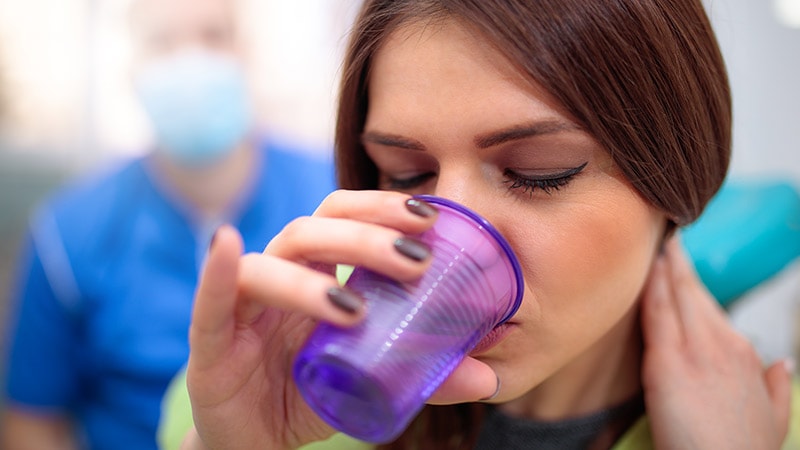
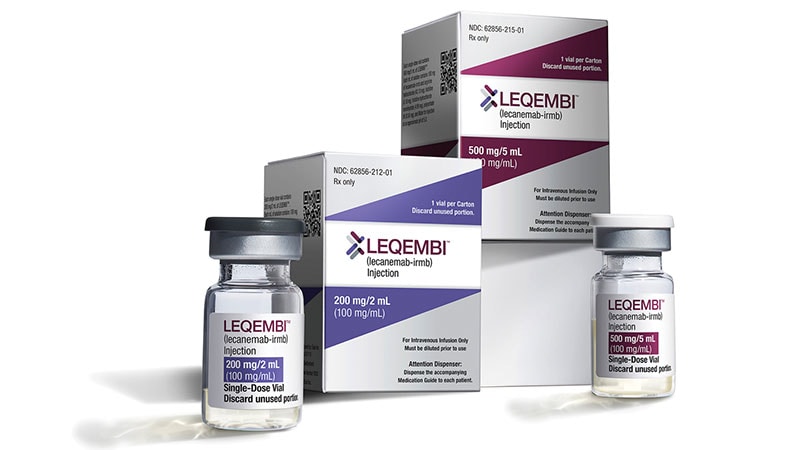

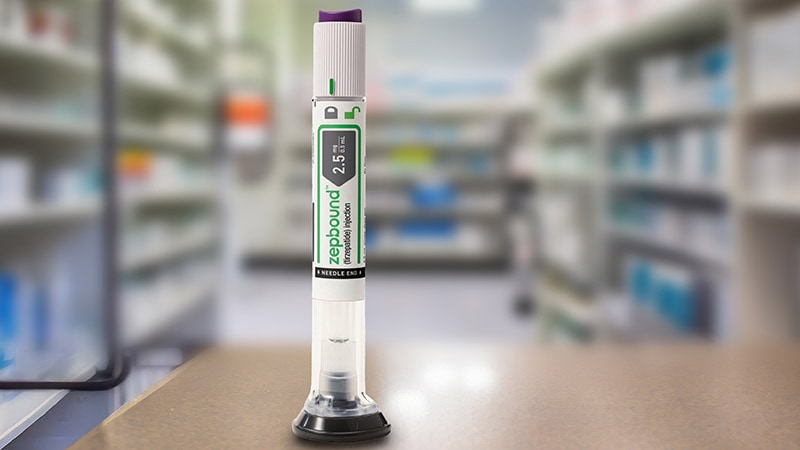
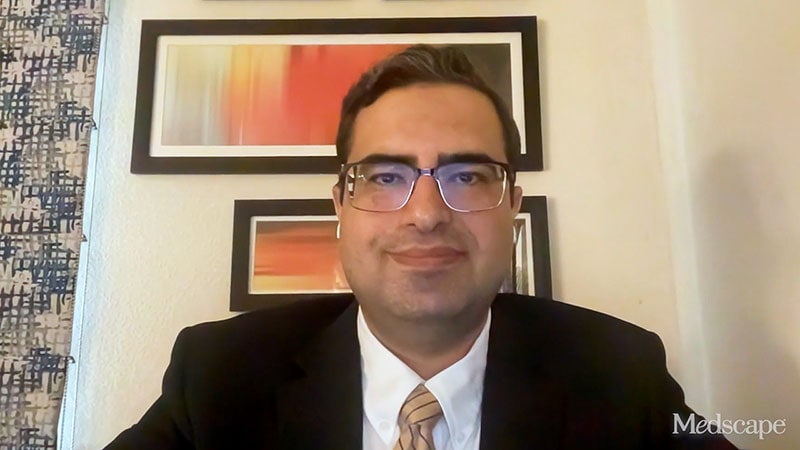


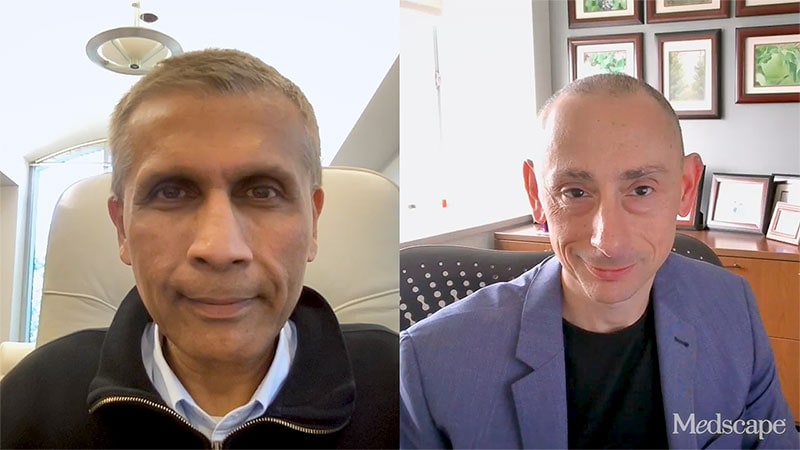



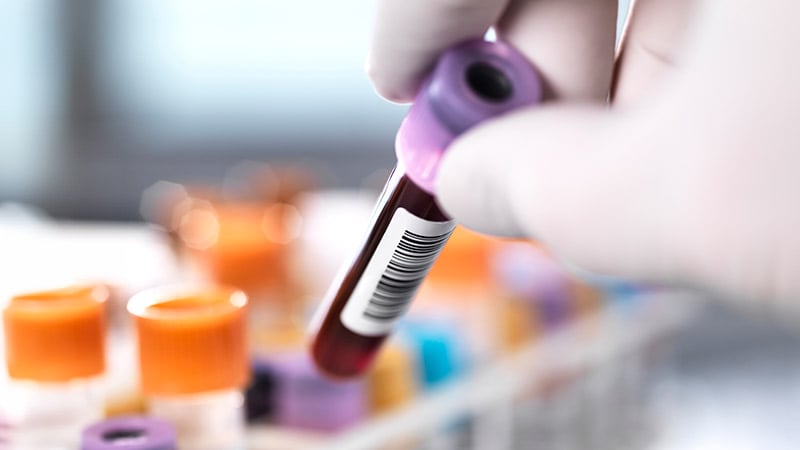
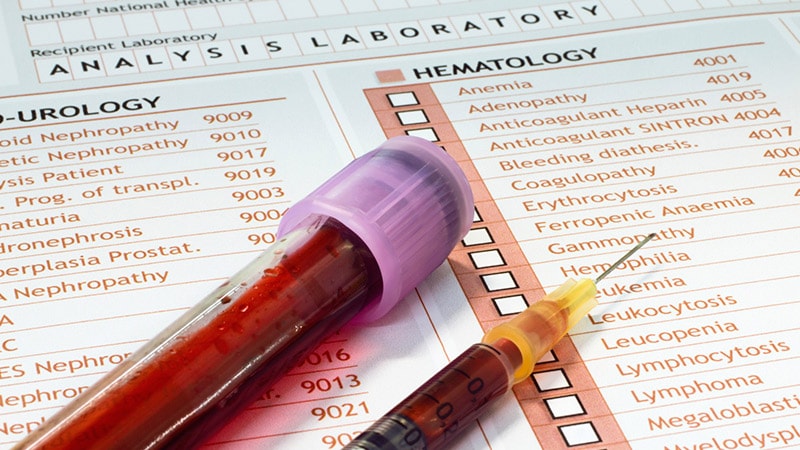














 English (US)
English (US)